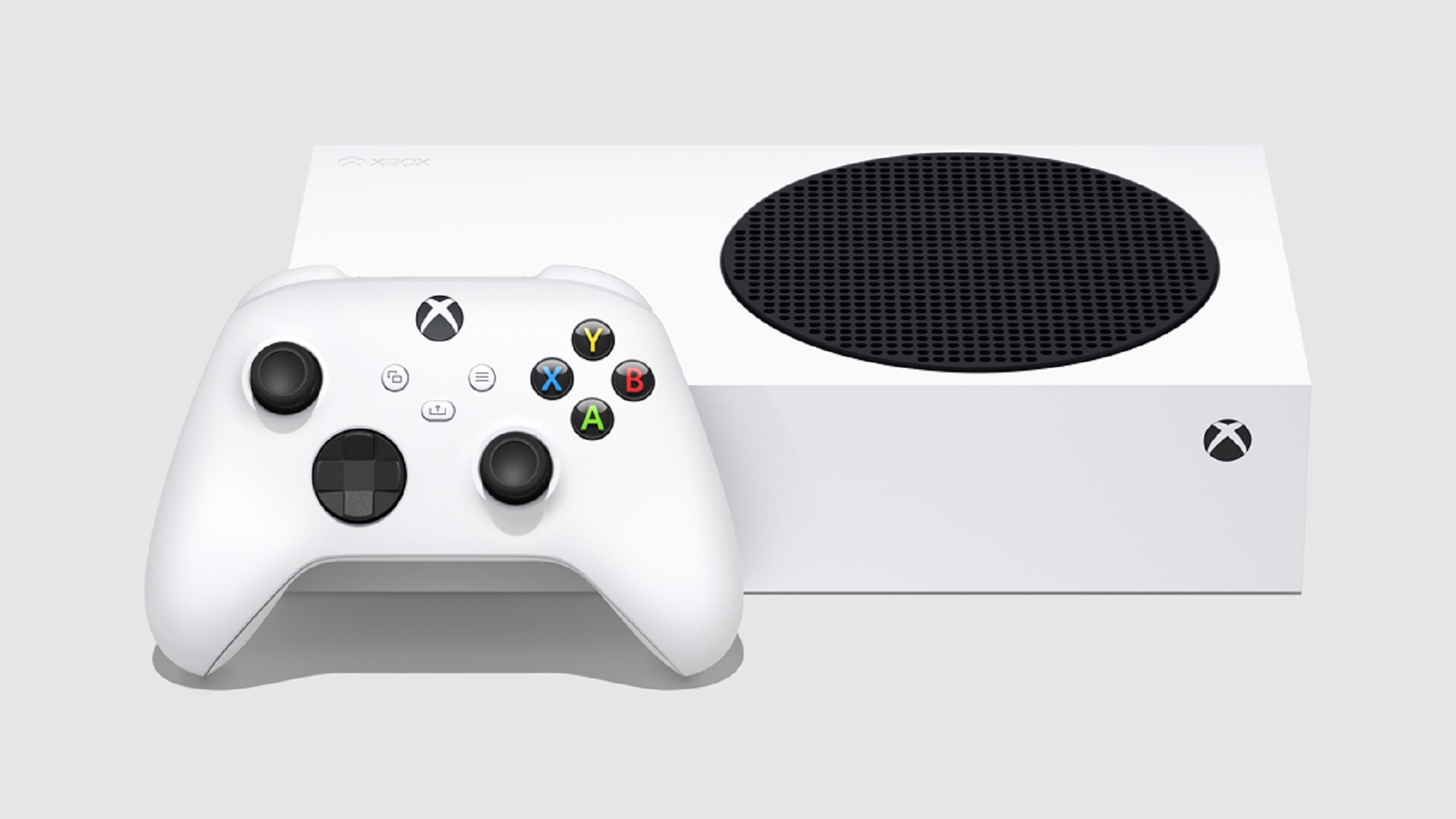The nice thing about LPDDR is that the capacity per chip is much higher. 16 and even more than that should not be a problem.
I don't know if LPDDR will give the necessary bandwidth a PS5-level PS handheld needs. SIE probably want it to run PS5 games natively, no tinkering.
So they still have to use GDDR (preferably GDDR6W or if it's ready by then & affordable, GDDR7W) or HBM 2e (or HBM3, whichever's more affordable, and only if it's more affordable than GDDR).
Preferably they'd want memory both the handheld and PS6 can share so if it's ready they'd probably want GDDR7W. If it's not ready they'd probably choose GDDR7 for PS6 and GDDR6W for the portable. HBM would be awesome for its own reasons but only two of the "big 3" memory makers (Micron, SK Hynix, Samsung) make HBM whereas all three make GDDR, so the latter gives more flexibility in sourcing (and since it's produced in higher volumes, cheaper pricing).
In the PC handheld scene they just throw the PC version of the game in there and tweak a few settings.
And on a PS portable they can just throw the PS5 version on there, tweak some settings, and get it running on the portable.
What is the difference between PC and PS in this regard?
Handhelds getting below 60fps at low res and settings is largely ok because they give you something that the home consoles never will (portability). That was the missing element in the Series S, something that would not only attract an entirely different category of user, but could also trigger richer users to buy one in addition to a Series X.
The other issue is all Windows handhelds (and Steam Deck) still rely on FSR for AI Upscaling, which is objectively awful, even a middling HW AI upscale solution is better than FSR.
Yep. Series S was basically just an inferior Series X (which over time has just shown itself to be an inferior PS5), and without portability it simply had little to stand out from the Series X aside a cheaper price.
But that "cheaper price" didn't work against the cheaper PS5 SKU since the price difference wasn't that big, with both being home consoles, and PS5 benefiting from the PS branding. Series S was only momentarily successful during the pandemic and shortages mainly due to a cheap price in price-sensitive recession, shortages for PS5
and shortages for PS4 (outside of Japan).
Take those away and Series S sales would've collapsed much sooner; Series X sales would've fallen off hard a bit afterwards.
The Z1 Extreme is largely already capable of running every modern game without any special porting attention, weighed down by massive windows bloat, and a hugely wasteful and wildly overspec'ed CPU taking up all the die space and power envelope. Certainly a custom chip with more GPU, less CPU, and "to the metal" console efficiency could breeze through PS5s entire catalog, albeit at lower render resolution and perhaps some minimum effort paring back of settings. Hardly a herculean effort and not what one would consider a "port". Developers already do the same amount of work creating quality and performance modes. The portable would effectively be an ultra performance mode.
I had to look up the ZI's specs and its Radeon 780m but having seen it...yeah it's definitely close to a PS5 in some areas. Mainly FP32 compute; it'd need more TMU & ROP juice to hit PS5's pixel and texture fillrates though, and probably a higher clock to hit its polygonal culling & rasterization numbers.
But that said, most of the performance is already there. Does the 780m in the Z1 Extreme hit the specs listed on that new ROG Ally? If so, and for the TDP I've seen, that's great progress. People still think a portable PS5-level handheld won't be possible for SIE by 2027/2028 but there are portables on the market today within reach in some critical areas, already doing it.
If there are any major areas where something like the Z1 come up short in, it's lacking customizations of PS5's GPU (like the cache scrubbers), and lacking its I/O subsystem, which limits CPU/GPU performance some as the CPU has to handle more I/O decompression operations than the PS5's CPU. But it's getting near PS5-level performance (I'm guessing, going by the specs) if you factor out Windows (which would be a weakness resolved by SIE via their own PS OS instead) at a solid price point.
A PS portable with PS5-level specs hitting $499 - $599 in 2028 should definitely be doable.
Also just to briefly mention Xbox...if they're targeting 2026 for the handheld they should definitely be able to get something that's Series S level in portable form around that time, but with a better CPU obviously. And, in their case they may definitely want to aim for 2026 because that's probably when the Steam Deck 2 will launch.








